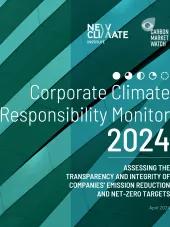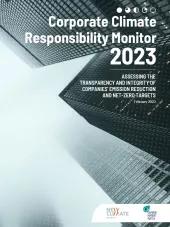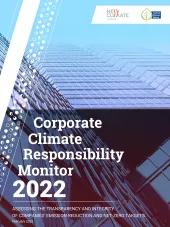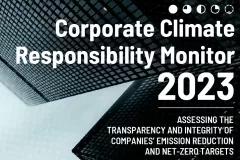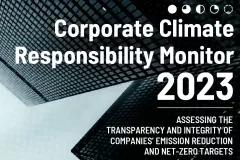Conceptualisation of frameworks for scope 3 emission targets and the prioritisation of key transitions
Transition-specific alignment targets are sector-specific metrics that directly track a company's progress in key climate transitions, such as zero-emission vehicle sales or near-zero-emission steel procurement. Complementing GHG reduction targets, they can provide a more focused way to guide and measure corporate climate strategies. This report highlights their significant potential across sectors, offers recommendations to address challenges, and advocates for their inclusion in national regulations, ISO standards, and voluntary frameworks like the SBTi’s Corporate Net Zero Standard.
Addressing limitations of GHG emission reduction targets
While long-term GHG targets signal the need to decarbonise value chains and achieve net zero, short-term scope 3 targets often lack meaningful impact without further substantiation. Key limitations include:
- Creative accounting risks: Reliance on carbon credits, standalone renewable energy certificates, or unaligned technologies like CCUS and bioenergy can obscure genuine progress.
- Fluctuations in GHG inventories: Business changes, mergers, or market share shifts may misrepresent efforts, favouring shrinking businesses while disadvantaging innovators contributing to sector-wide decarbonisation.
- Inadequate scope 3 methods: The "spend method" links reductions to spending cuts, failing to capture lower-carbon procurement practices.
- Challenges with recalculating historical emissions: Limited high-resolution supplier data hinders recalibration, leaving gaps in understanding past emissions.
The role of transition-specific alignment targets
Transition-specific alignment targets provide a focused framework for corporate climate leadership, prioritising near-term actions and sector-specific transitions. For industries such as automotive, technology, fashion, and agriculture, it is often feasible to address the majority of scope 3 emissions using a small set of indicators tailored to key transitions.
However, some challenges remain such as data availability and sectoral differences, how to set targets if companies work across multiple sectors, agreeing on suitable and standardised indicators.
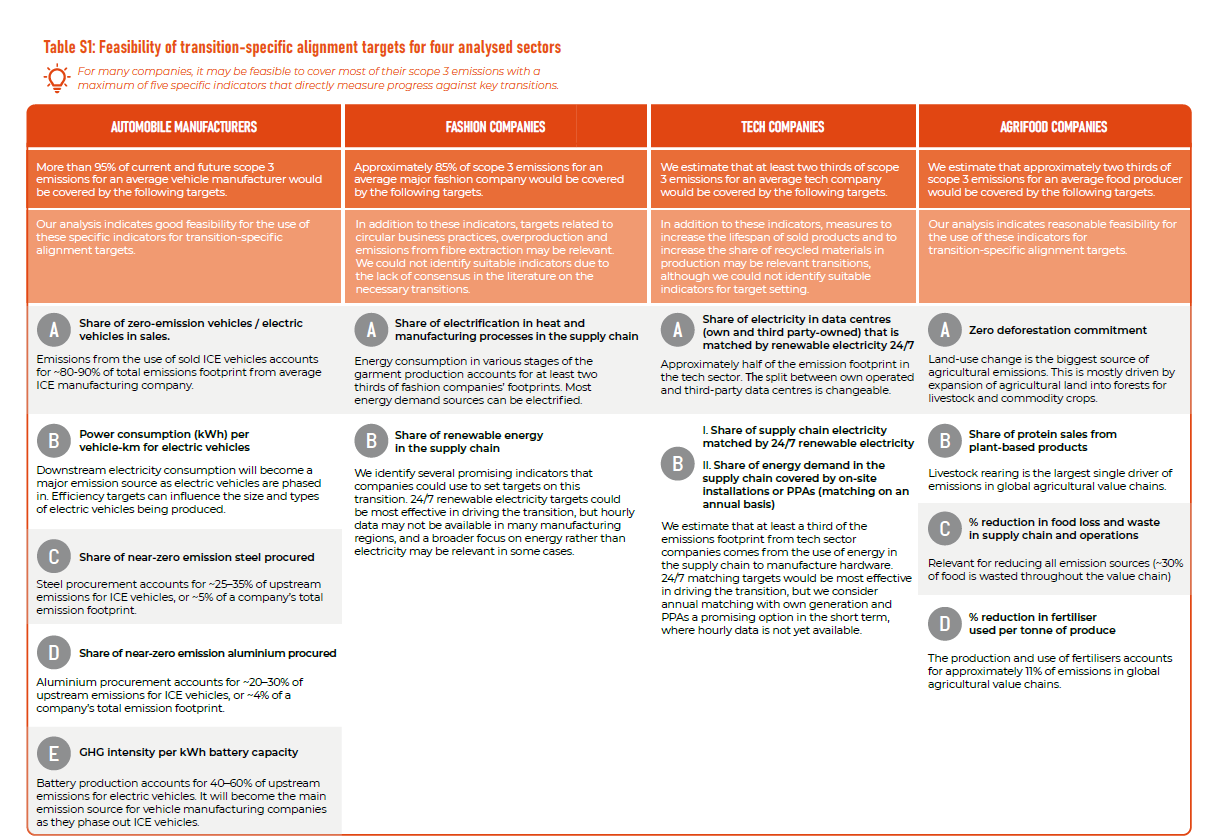
Table S1: Feasibility of transition-specific alignment targets for four analysed sectors
Recommendations for corporate climate standard setters
- Standardising key definitions: Developing clear, consistent definitions for terms like “zero-emission vehicles” and “plant-based products” ensures transparency in transition-specific targets.
- Defining sectoral pathways: A scientific initiative is needed to establish transition pathways and indicators for different sectors, addressing complex issues like recycling, circularity, and high-turnover business models.
- Integration across emission scopes: Transition-specific alignment targets should encompass activities across scopes 1, 2, and 3 to reflect the interconnected nature of emissions in many sectors.




